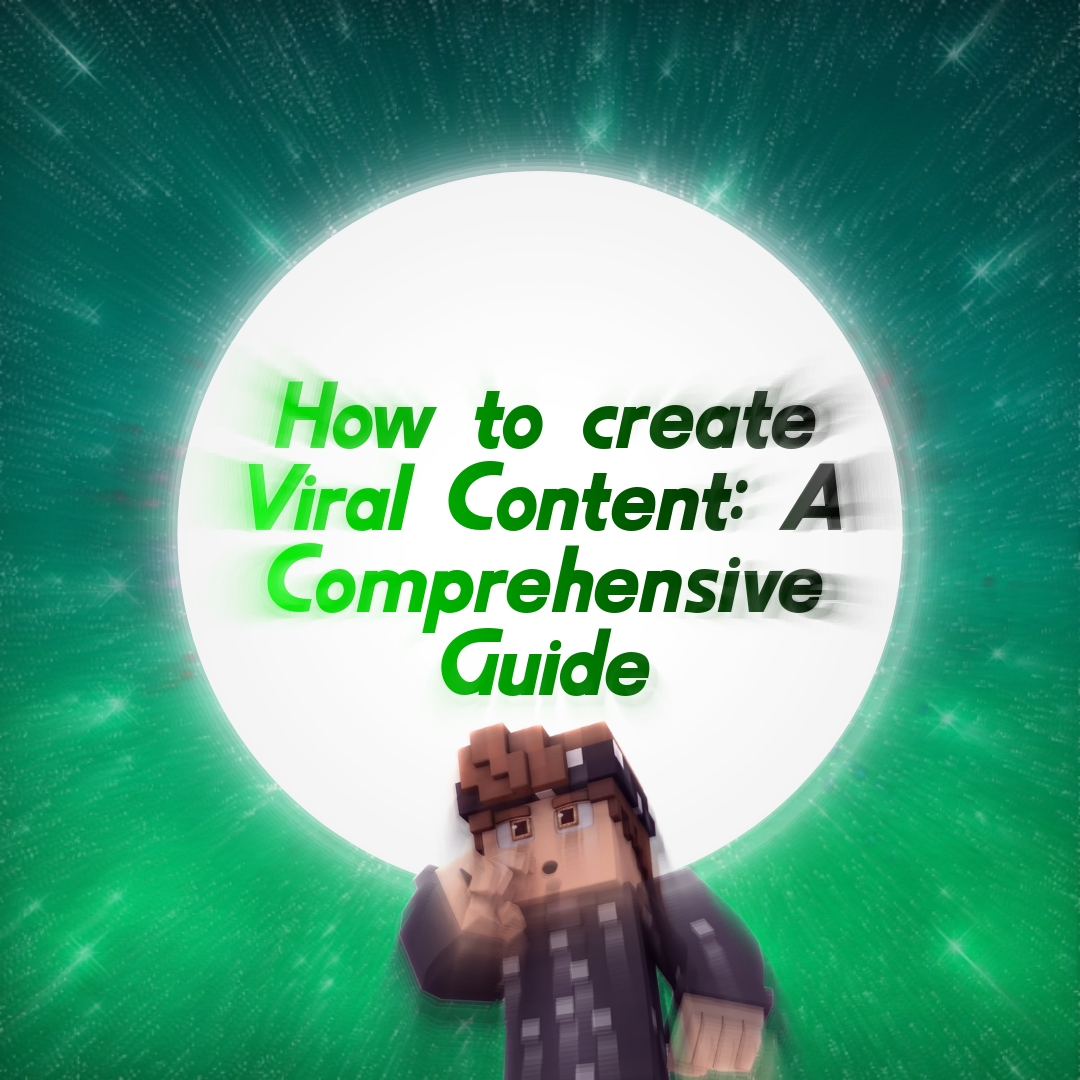How to Create Viral Content: A Comprehensive Guide

Creating viral content is the holy grail of content marketing. It can help you attract new readers, build your brand, and increase your engagement. But how do you create content that goes viral? Here are some tips to help you get started:
1. Know Your Audience:
The first step to creating viral content is to know your audience. What are their interests, pain points, and needs? Use this information to create content that resonates with them.
2. Use AI-Powered Content:
AI-powered content can help you create engaging and plagiarism-free content. Tools like ChatGPT and Writefull can help you generate new ideas, rephrase sentences, and check for plagiarism.
3. Create Listicles:
- Listicles are a popular format for viral content. They are easy to read and share on social media. Create a list of interesting or unusual facts, tips, or ideas related to your niche.
4. Use Infographics:
Interviews Infographics are highly shareable and can help you attract new readers and build your brand. Create an infographic that presents complex information in a visually appealing and easy-to-understand format.
5. Conduct Interviews:
Interviews with experts or influencers in your industry can help you attract new readers and build your credibility.
6. Use Proper Research and Citation:
When using other people’s work, make sure you quote references or cite them properly. Use a citation system and stick to it. This will help you avoid unintentional plagiarism and remain plagiarism-free.
7. Thoroughly Review and Edit Your Content:
After using AI tools like ChatGPT, thoroughly review and edit the generated content to ensure it aligns with your original intent and style. Make necessary revisions, rephrase sentences, and add personal insights to avoid any unintentional similarities with existing text.
8. Utilize Plagiarism
Detection Tools: Use plagiarism detection tools like Copyscape, Grammarly, or Turnitin to check for plagiarism in your content.
9. Seek Human Feedback:
When in doubt about the originality or appropriateness of your work, seek feedback from peers, instructors, or professionals. They can provide valuable insights, identify any potential issues, and guide you toward maintaining integrity in your writing.
In conclusion,
creating viral content requires a combination of creativity, research, and strategy. By knowing your audience, using AI-powered content, creating listicles and infographics, conducting interviews, using proper research and citation, thoroughly reviewing and editing your content, utilizing plagiarism detection tools, and seeking human feedback, you can create content that resonates with your readers and has the potential to go viral.



